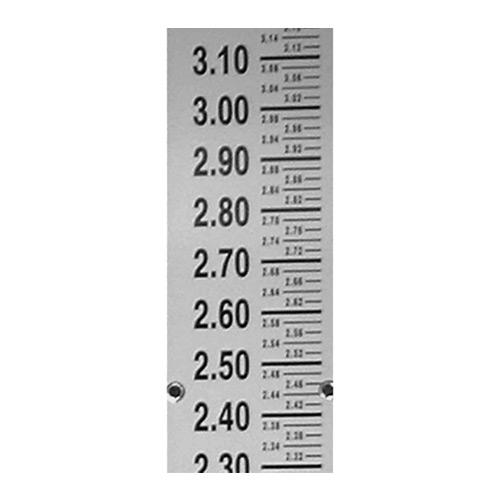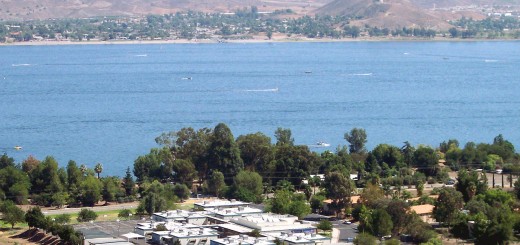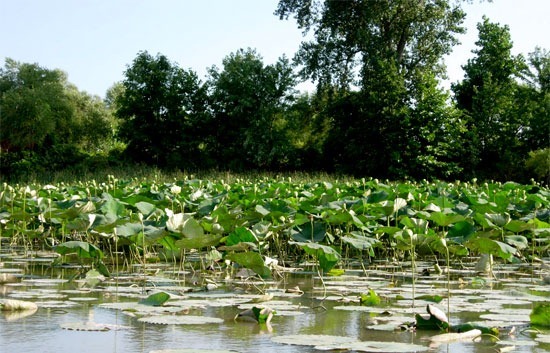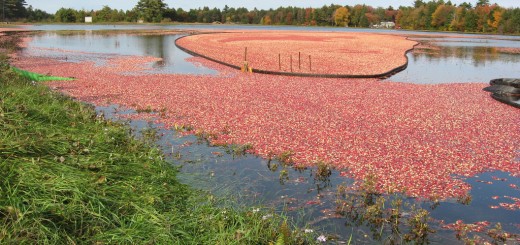Lake Mead Water Levels Down 30 Feet Since February
0Lake Mead water levels have dropped 30 feet since February 2014, according to the Weather Channel. The largest man-made reservoir in the United States now sits at just 39 percent capacity.
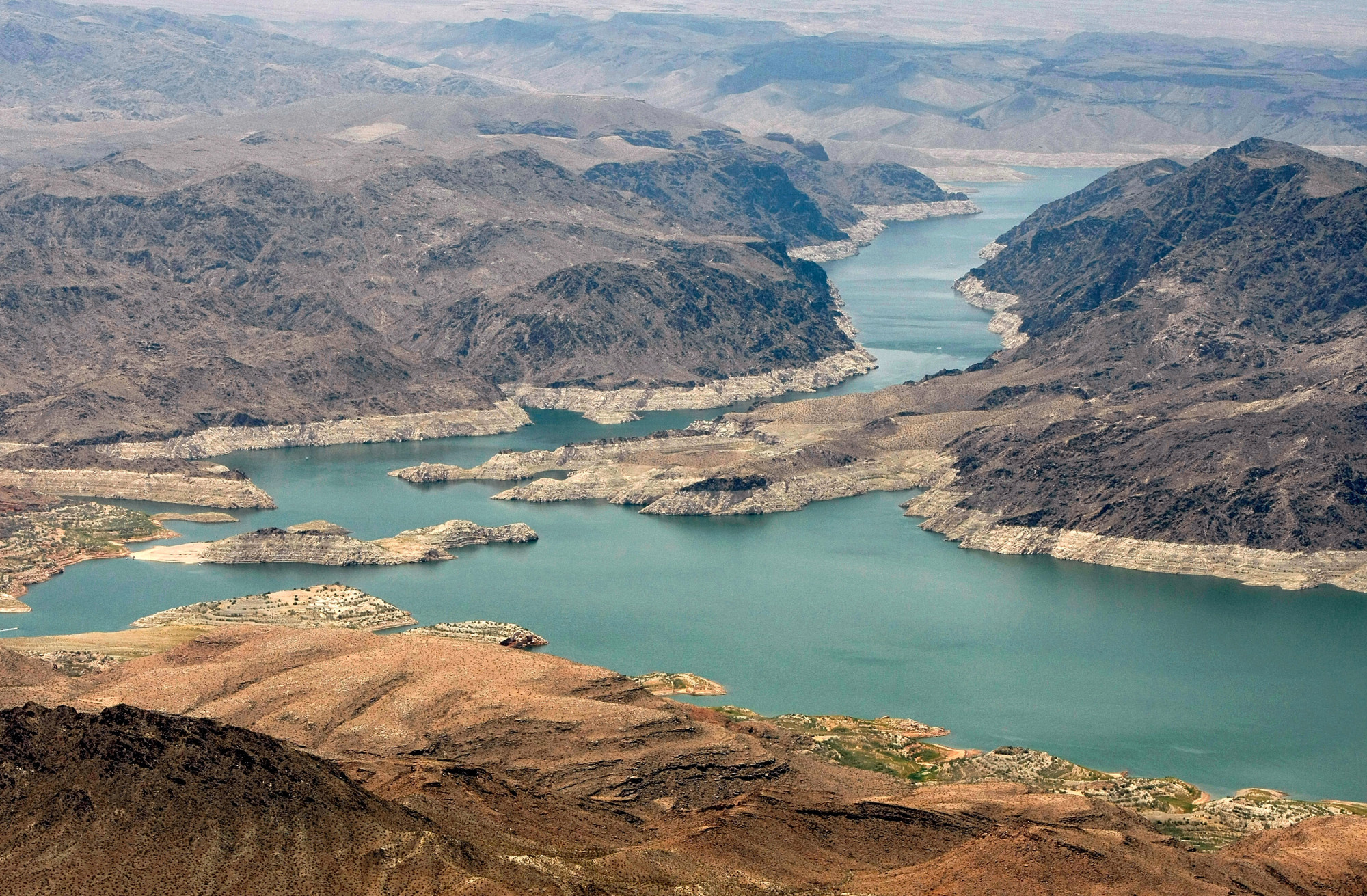
Aerial view of Lake Mead National Recreation Area. (Credit: CBS Las Vegas via Creative Commons)
At fault is a deepening drought affecting large portions of the nation’s southwest. Dry conditions have persisted there for 14 years, taking water levels down 130 feet since 2000.
Those heading to Lake Mead for recreation have had to walk over its dry-mud lakebed just to reach water in some cases. The National Park Service has been forced to close or extend boat ramps, and has even moved entire marinas to keep up with its recession.

Lake Mead. (Credit: Joao Carlos Medau via Wikimedia Commons)
For those interested in tracking Lake Mead’s water levels from anywhere, lakemead.water-data.com updates daily with figures on the lake’s changing depths.




